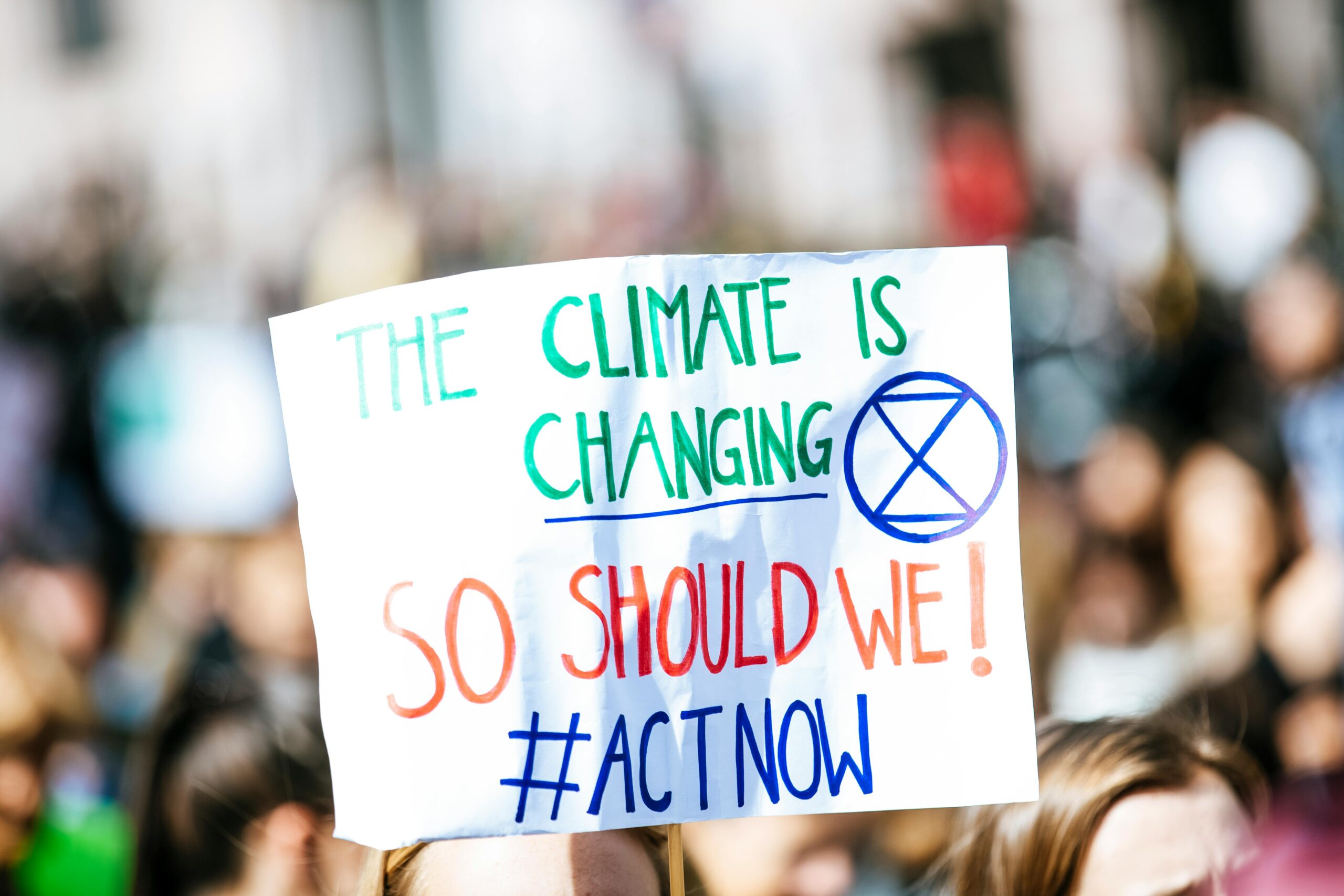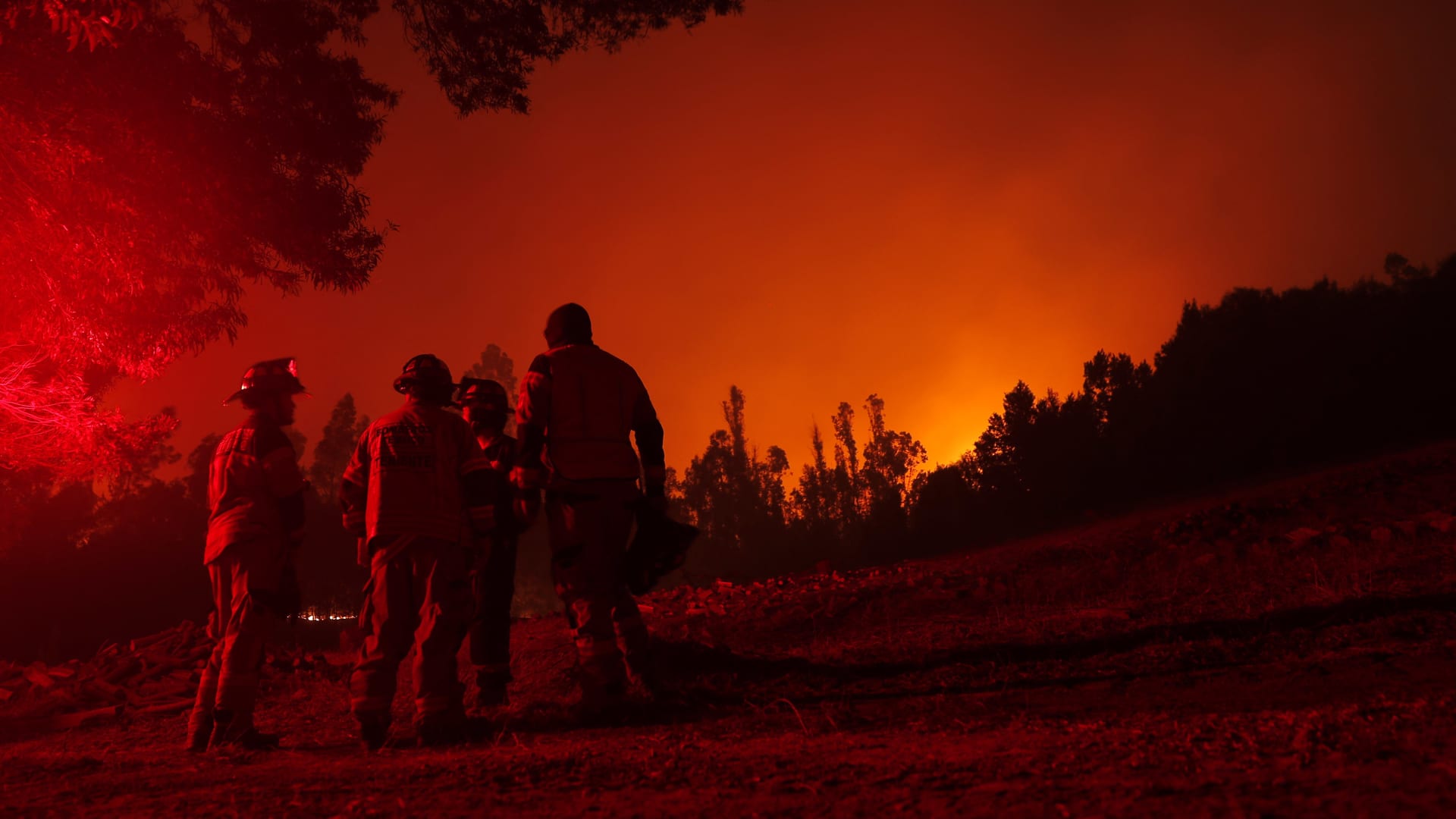Climate Change and Corporate Responsibility: How Businesses Can Lead the Charge
In the tapestry of modern challenges, climate change stands as a colossus, casting a long shadow over our collective future. Yet, within this challenge lies an unprecedented opportunity for the corporate world to spearhead a revolution, not just in how businesses operate, but in how they can galvanize global efforts towards sustainability. As the clarion call for action grows louder, let’s explore how businesses can lead the charge against climate change, weaving corporate responsibility into the very fabric of their operations.
The Climate Crisis: A Canvas of Complexity
Climate change is a canvas painted with the broad strokes of global warming, deforestation, ocean acidification, and biodiversity loss, among other environmental issues. The science is unequivocal: human activities, particularly those of industrialized societies, are at the heart of this crisis. As major contributors to greenhouse gas emissions, businesses have a critical role to play in both mitigating and adapting to these changes.
Corporate Responsibility: Redefining the Bottom Line
The concept of corporate responsibility has evolved from a mere tick-box exercise to a crucial strategy in business planning and execution. It’s no longer just about profitability; it’s about how profits are made. The triple bottom line approach, emphasizing people, planet, and profit, is gaining traction as a framework that encapsulates this broader responsibility. It insists that businesses can do well by doing good, pushing the idea that economic success and environmental sustainability are not mutually exclusive.
Strategies for Sustainability: Leading with Innovation
- Renewable Energy Adoption: Transitioning to renewable energy sources is a powerful step for businesses looking to reduce their carbon footprint. From solar panels to wind turbines, the options are vast and increasingly cost-effective.
- Circular Economy Models: Embracing circular economy principles can dramatically reduce waste and the consumption of natural resources. This involves designing products for longer life, reusability, and recyclability, fundamentally challenging the traditional ‘take-make-waste’ model.
- Supply Chain Sustainability: By insisting on sustainability in their supply chains, businesses can exert considerable influence on global environmental practices. This includes choosing suppliers who prioritize green practices and encouraging (or even assisting) smaller suppliers in making sustainable changes.
- Eco-friendly Product Development: Innovating products with sustainability in mind not only reduces environmental impact but can also meet the growing consumer demand for green products. This could range from biodegradable materials to energy-efficient technologies.
The Power of Partnerships: Collaborating for a Greener Future
No business is an island, and tackling climate change requires concerted efforts across sectors and borders. Partnerships between corporations, governments, NGOs, and communities can leverage the strengths of each to accelerate progress toward sustainability goals. These collaborations can take various forms, from research and development endeavors to large-scale environmental restoration projects.
Overcoming Challenges: The Roadblocks to Sustainability
While the path to sustainability is promising, it’s strewn with challenges. The upfront costs of green technologies, resistance to change within corporate cultures, and the complex logistics of overhauling supply chains are significant hurdles. Additionally, businesses face the task of navigating a patchwork of environmental regulations across the jurisdictions they operate in.
Addressing these challenges requires a blend of strategic foresight, patience, and innovation. Financial incentives, such as tax breaks for green initiatives, can ease the burden of initial investments. Education and training programs can cultivate a sustainability-minded corporate culture. And a proactive approach to regulatory compliance can turn potential obstacles into opportunities for leadership in green practices.
Case Studies: Businesses Blazing the Trail
Numerous companies are setting powerful examples in the fight against climate change. For instance, a multinational technology firm has committed to becoming carbon negative by 2030, investing heavily in renewable energy and carbon removal technologies. A global consumer goods company has launched a plan to ensure all its plastic packaging is reusable, recyclable, or compostable by 2025. These cases illuminate the path forward, showing what’s possible when businesses integrate sustainability into their core operations.
Consumer Influence: Driving Corporate Change
The role of consumers in shaping corporate behavior cannot be overstated. As awareness of climate change grows, so does consumer demand for sustainable products and practices. Businesses attentive to these shifts can gain a competitive edge, tapping into a market that values environmental stewardship. This dynamic creates a virtuous cycle, where consumer preferences encourage greener business practices, which in turn spur further demand for sustainable options.
Looking Forward: A Vision for the Future
The journey towards sustainability is not a sprint but a marathon, requiring endurance, creativity, and collaboration. The businesses that embrace their environmental responsibilities today are not just contributing to a more sustainable world; they’re investing in their own long-term viability. By leading the charge against climate change, corporations can help forge a future where economic prosperity and environmental health go hand in hand.
In conclusion, the intersection of climate change and corporate responsibility represents both a formidable challenge and a golden opportunity. As businesses step up to lead the charge, their actions can catalyze widespread change, setting humanity on a course towards a more sustainable, resilient future. The time for action is now, and the corporate world has a pivotal role to play in writing the next chapter of our global environmental story.







